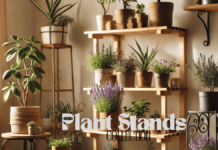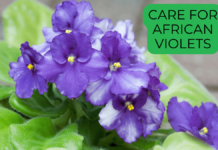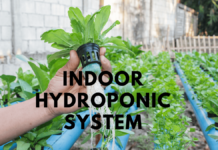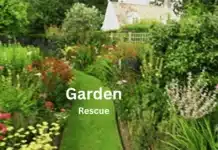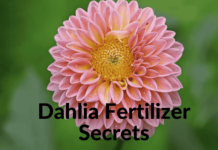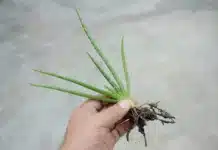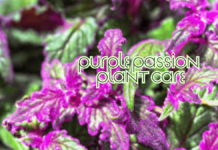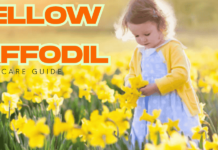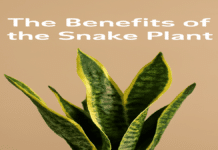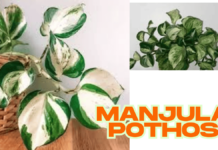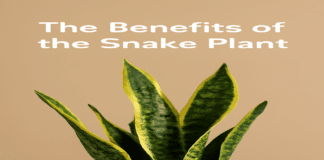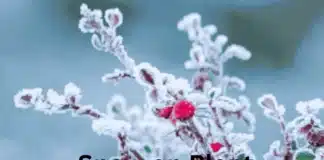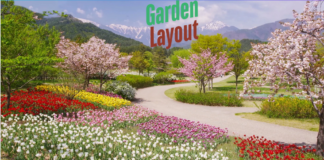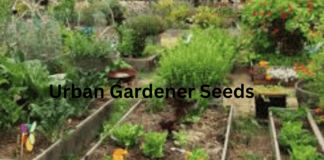Introduction: Why Yellow Daffodils Are a Must-Have in Your Garden
Yellow daffodils, scientifically known as Narcissus pseudonarcissus, are iconic spring flowers that announce the end of winter and the arrival of warmer days. Their bright yellow, trumpet-shaped blooms and lush green leaves add an unmistakable splash of color to any indoor or outdoor space. Perfect for USDA hardiness zones 3 to 8, these resilient plants are easy to grow and can naturalize, multiplying year after year. Drawing from my personal gardening experience, yellow daffodils are one of the most rewarding early bloomers to cultivate.
Personal Reflection: Why I Love Growing Yellow Daffodils
From my experience growing yellow daffodils both indoors and outdoors, they are one of the most reliable and mood-boosting plants. Their cheerful blooms, ease of care, and ability to naturalize over the years make them an essential addition to any gardener’s collection.
Understanding Yellow Daffodils: Names, Origins, and Symbolism
What Are Yellow Daffodils?
Known by several names such as Trumpet Daffodil, Lent Lily, or simply Narcissus, the yellow daffodil belongs to the Amaryllidaceae family, alongside other popular spring flowers like Amaryllis and Snowdrops. Introduced to America in the early 18th century, these blooms have long symbolized joy, hope, and new beginnings, perfectly capturing the spirit of spring.
Ideal Growing Conditions for Narcissus Pseudonarcissus
Finding the Perfect Spot for Your Daffodils
Yellow daffodils thrive best when planted where they receive 6 to 8 hours of bright sunlight daily. Morning sun with some afternoon shade is ideal to protect their delicate blooms from the intense heat of midday sun. These hardy plants flourish in zones 3 through 8 and prefer temperatures around 60°F to 70°F during their blooming period.
How to Plant and Care for Yellow Daffodil Bulbs
Preparing the Soil
Healthy yellow daffodils start with well-draining soil that’s slightly acidic, with a pH between 5.5 and 6.5. If your garden has heavy clay soil, mixing in compost or other organic matter improves texture and drainage, preventing waterlogging and root rot.
Planting Your Bulbs
Plant daffodil bulbs 4 to 6 inches deep and space them wider apart than recommended to allow natural clumps to form over time. For a more naturalized look, plant them in drifts instead of tight rows or blocks. Choose spots where the soil remains moist but not soggy after rain.
Watering and Humidity
Water daffodils once or twice a week, keeping the soil moist but avoiding overwatering. These bulbs prefer low humidity conditions, which help prevent fungal diseases that thrive in damp environments.
Maintaining Healthy Blooms: Fertilizing, Pruning, and Cleaning
Fertilizing Tips
Feed your daffodils every spring with a balanced fertilizer to support strong growth and blooms. Avoid nitrogen-rich fertilizers, as these encourage leafy growth at the expense of flowers.
Post-Bloom Pruning
After flowering, promptly remove wilted blooms to conserve the bulb’s energy. Wait to cut back the leaves until they yellow and dry, usually late spring or early summer—these leaves photosynthesize to feed next year’s flowers. Never braid or tie foliage, as this blocks nutrients.
Propagation: How to Expand Your Daffodil Display
After 2 to 3 years, your daffodils will form dense clumps. Dig up the bulbs carefully, separate the smaller offsets, and replant them in sunny spots with well-drained soil. Water well to establish new growth and watch your collection flourish.
Preventing Common Issues: Pests, Diseases, and Bloom Problems
Yellow daffodils are generally pest-resistant but can face challenges like:
- Fungal diseases due to soggy soil or high humidity
- Root rot from poor drainage
- Failure to bloom caused by insufficient sunlight or excess nitrogen fertilizer
Ensure your planting site has good air circulation and avoid waterlogged soil to keep your plants healthy.
Best Placement and Decorating Ideas for Yellow Daffodils
Versatile Planting Locations
- Porch containers and window boxes for a bright spring welcome
- Indoor pots to bring seasonal color inside
- Garden borders and beds for naturalized clumps that return yearly
- Woodland edges or rock gardens with filtered sunlight
Companion Plants and Pet-Safe Alternatives
Plants That Pair Beautifully with Yellow Daffodils
- English Ivy (Hedera helix): Adds classic greenery and cleans indoor air
- Ranunculus Pink Bicolor: Offers stunning early spring color contrast
- Syngonium White Butterfly: Variegated leaves highlight yellow blooms perfectly
Pet-Safe Flowering Alternatives
Because daffodils are mildly toxic to pets, consider these safe options:
- Tropical Delight Guzmania Bromeliad: Colorful blooms lasting months
- Miraflore Moth Orchid: Elegant, long-lasting petals in pastel hues
- Lemon Yellow Miniature Roses: Pet-friendly roses that add charm
Conclusion
Yellow daffodils are more than just beautiful flowers—they are symbols of hope, renewal, and the joyful arrival of spring. Their ease of care, hardiness, and naturalizing ability make them a fantastic choice for gardeners of all skill levels. By following the simple but essential care tips shared in this guide, you can ensure your yellow daffodils thrive year after year, brightening your garden and home with vibrant color and uplifting energy. Whether planted indoors or outdoors, these sunny blooms offer a timeless charm that inspires new beginnings. So get your bulbs ready, follow the planting steps, and watch as your yellow daffodils bring life and happiness every spring season.
FAQ
Q1: How often should I water my yellow daffodils?
A: Water your daffodils about once or twice a week, keeping the soil moist but not soggy. Overwatering can cause bulb rot.
Q2: Can yellow daffodils grow indoors?
A: Yes! Yellow daffodils grow well indoors in pots, especially if placed near a bright window with plenty of morning sunlight.
Q3: When is the best time to plant daffodil bulbs?
A: Plant daffodil bulbs in the fall before the first frost to allow them to establish roots before winter.
Q4: How do I prevent my daffodils from failing to bloom?
A: Ensure they receive adequate sunlight (6-8 hours daily), avoid nitrogen-heavy fertilizers, and don’t cut back leaves until they’ve fully yellowed.
Q5: Are yellow daffodils safe for pets?
A: Yellow daffodils are mildly toxic if ingested by pets, so it’s best to plant them where pets can’t reach or consider pet-safe alternatives.
Q6: How do I propagate yellow daffodils?
A: After 2-3 years, dig up your daffodil clumps, separate the small offsets (bulblets), and replant them in a sunny, well-drained area.


